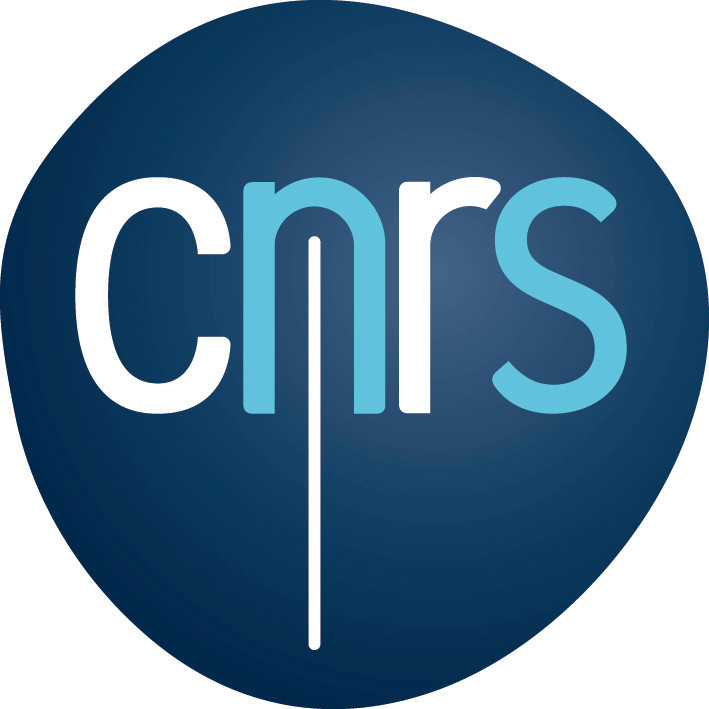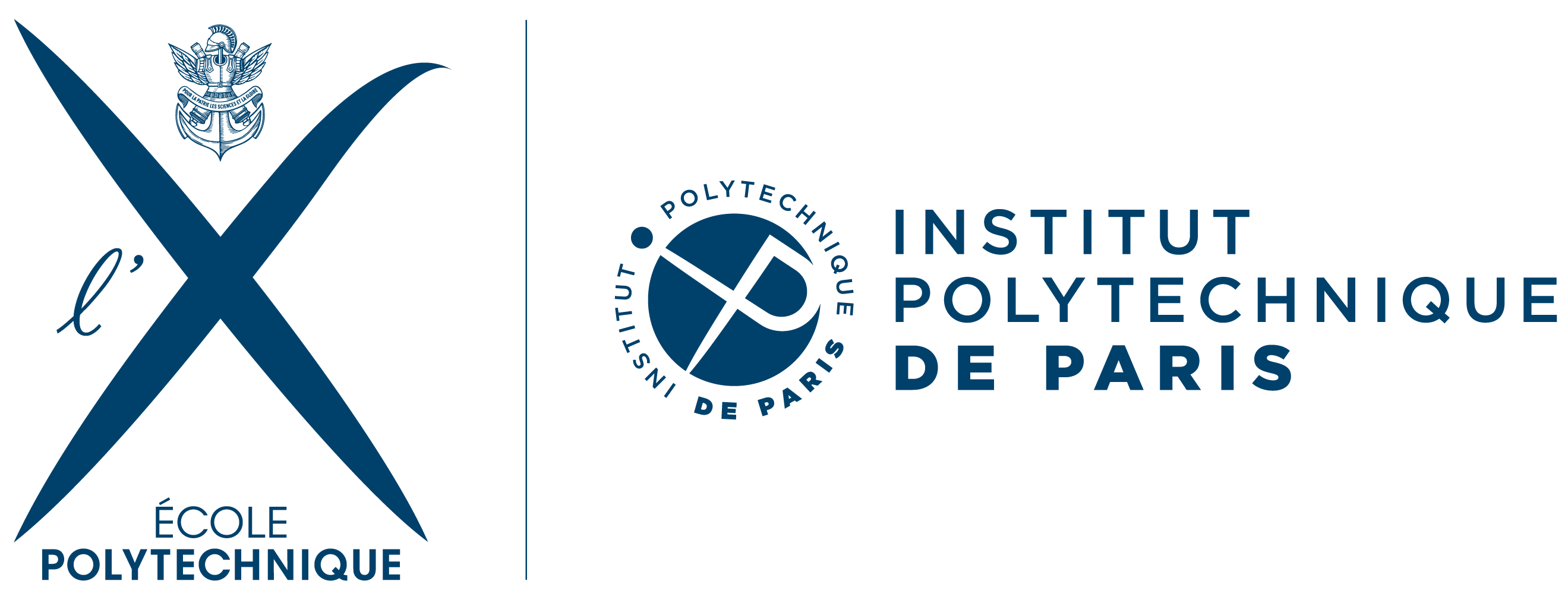 |
Sparse interpolation of rational functions |  |
M2 internship proposal 2023–2024
Title: Sparse interpolation of rational functions
Topics: symbolic computation, high performance computing
Address
Director of the laboratory: Mr Gilles Schaeffer (schaeffe@lix.polytechnique.fr)
Research team: MAX, Algebraic modeling and symbolic computation
Contacts
Context
The MAX team is searching for PhD candidates on the themes of the ANR “NODE” project. The present M2 internship proposal allows applicants to familiarize themselves with these themes. Upon successful completion of the internship, there will be an opportunity to pursue with a PhD. The ANR NODE project provides funding for two PhD grants.
Description
Large-scale symbolic computations lead to the manipulation of very
large mathematical expressions. Often, such expressions can be
regarded as so-called sparse polynomials or rational
functions in suitable variables. For instance, a sparse polynomial of
degree  in
in  ,
,  , and
, and  is a polynomial
is a polynomial  , for which the number of non-zero terms
, for which the number of non-zero terms  is significantly lower than
is significantly lower than  .
.
One typical motivating example of a sparse polynomial is the
determinant  of the symbolic matrix
of the symbolic matrix

Indeed,  is a polynomial of degree
is a polynomial of degree  in
in  variables, with
variables, with  terms. The entries of the matrix inverse
terms. The entries of the matrix inverse  of
of  are typical examples of
sparse rational functions.
are typical examples of
sparse rational functions.
One notorious enemy in symbolic computation is intermediate
expression swell. For instance, when computing  symbolically, using Gaussian elimination, the intermediate expressions
tend to become much larger than the final result. A magic way to
defeat this enemy is sparse interpolation. The idea is to
evaluate the determinant
symbolically, using Gaussian elimination, the intermediate expressions
tend to become much larger than the final result. A magic way to
defeat this enemy is sparse interpolation. The idea is to
evaluate the determinant  for a sufficient
number of well chosen values of the variables
for a sufficient
number of well chosen values of the variables  and then to reconstruct
and then to reconstruct  from these
evaluations.
from these
evaluations.
The idea of sparse interpolation for polynomials goes back a long while [6, 1, 7]. Various methods have been proposed to generalize it to rational functions [5, 2]. Recently, particularly efficient methods for these tasks have been proposed [3, 4], but not yet implemented. The purpose of this internship is to learn and implement these new ideas and further improve them, if possible. If successful, then this may lead to significantly faster future implementations of many basic tasks in computer algebra.
Bibliography
- [1]
-
M. Ben-Or and P. Tiwari. A deterministic algorithm for sparse multivariate polynomial interpolation. In Proc. ACM STOC '88, pages 301–309. New York, NY, USA, 1988.
- [2]
-
A. Cuyt and W.-S. Lee. Sparse interpolation of multivariate rational functions. TCS, 412:1445–1456, 2011.
- [3]
-
J. van der Hoeven and G. Lecerf. Sparse polynomial interpolation. Exploring fast heuristic algorithms over finite fields. Technical Report, HAL, 2019. https://hal.archives-ouvertes.fr/hal-02382117.
- [4]
-
J. van der Hoeven and G. Lecerf. On sparse interpolation of rational functions and gcds. ACM SIGSAM Commun. Comput. Algebra, 55(1):1–12, 2021.
- [5]
-
E. Kaltofen and B. M. Trager. Computing with polynomials given by black boxes for their evaluations: greatest common divisors, factorization, separation of numerators and denominators. JSC, 9(3):301–320, 1990.
- [6]
-
R. Prony. Essai expérimental et analytique sur les lois de la dilatabilité des fluides élastiques et sur celles de la force expansive de la vapeur de l'eau et de la vapeur de l'alkool, à différentes températures. J. de l'École Polytechnique Floréal et Plairial, an III, 1:24–76, 1795. Cahier 22.
- [7]
-
D. S. Roche. What can (and can't) we do with sparse polynomials? In Proc. ISSAC '18, pages 25–30. New York, NY, USA, 2018. ACM.
This webpage is part of the